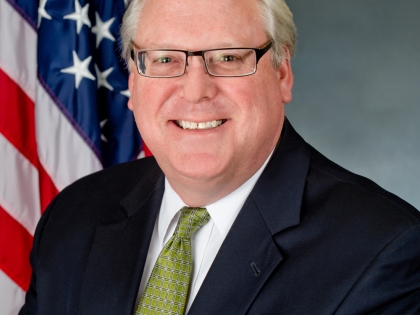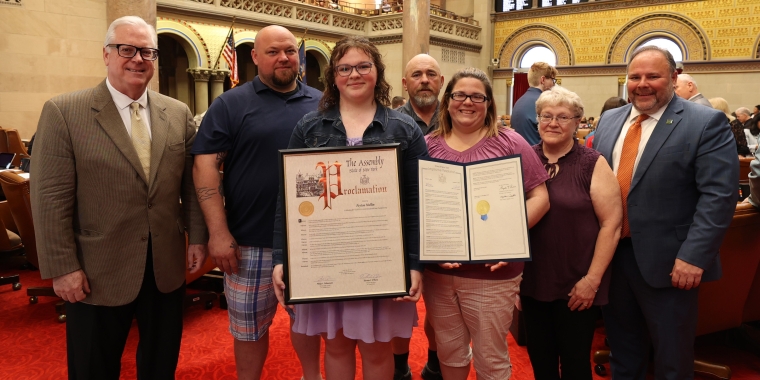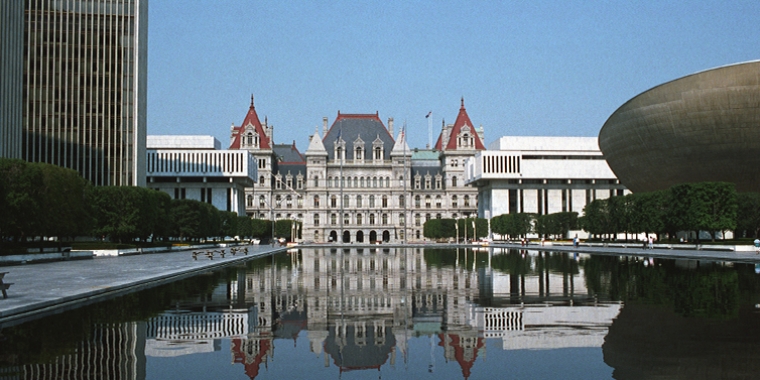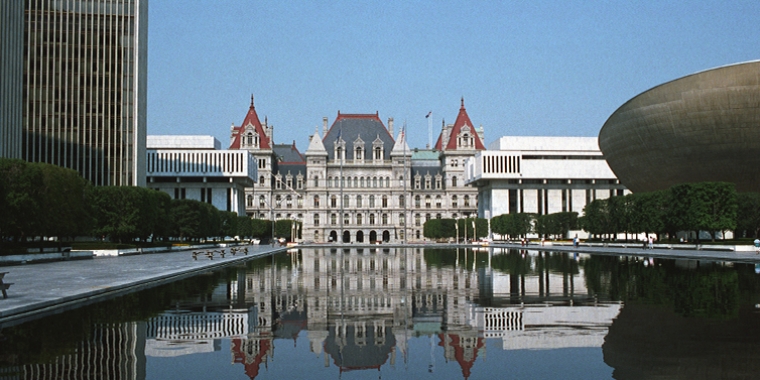
Senate budget: less spending, no new taxes, broader commitment to economic growth
Thomas F. O'Mara
March 15, 2011
-
ISSUE:
- Government Operations

Albany, N.Y., March 15— The New York State Senate approved today its version of a proposed 2011-2012 state budget and area Senator Tom O’Mara (R-C, Big Flats) said the cornerstones of the Senate plan will focus on a series of key priorities: no new or increased state taxes or fees, lower state spending, and a greater state emphasis on private-sector economic growth.
“We’re committed to a new state budget that addresses key short-term challenges and begins putting in place the foundation for long-term tax relief, job creation and a business climate that won’t be ranked, like it is today, as America’s worst. We need to move New York in a new and better direction,” said O’Mara.
Both the Senate and Assembly are expected to enact their respective changes to Cuomo’s budget plan in the form of a “budget resolution” today. This action will set the stage for a series of joint, public budget conference committee meetings, beginning later today, and negotiations with the governor leading up to the beginning of the state’s new fiscal year on April 1.
“It’s an enormous challenge to enact a final budget in the next 15 days, but the critical pieces are falling into place to get this budget done,” said O’Mara. Highlights of the Senate’s budget resolution include:
> overall state spending of $132.5 billion, which is less than Cuomo’s $132.9-billion proposal and cuts state spending by more than 2.3 percent, or $3.5 billion, from last year;
> the inclusion of no new state tax or fee increases, following state budgets enacted in 2009 and last year that included record levels of state tax and fee increases. The Senate budget also moves forward with the scheduled phase-out this year of the 2009 personal income tax surcharge on small businesses;
> the rejection of the governor’s plans to modify the state’s Excelsior Jobs Program, created last year to replace the Empire Zone program, and instead calling for the development of more comprehensive, less restrictive changes to “vastly” increase the number of businesses that can benefit from the program and expand it so that it can impact a broader range of economic growth and be more flexible in developing long-term economic development strategies and business assistance initiatives;
> the restoration of approximately $280 million in state education aid. The bulk of the restored aid is targeted primarily for rural, upstate school districts that were disproportionately impacted by the governor’s proposed budget;
> the elimination of approximately $296 million in cost shifts to local governments; and
> the approval of most of the Cuomo-appointed Medicaid Redesign Team’s plan to cut state Medicaid spending by $2.9 billion but going even further by allowing counties to opt out of providing coverage for Medicaid services that are currently required by the state.
Share this Article or Press Release
Newsroom
Go to Newsroom


